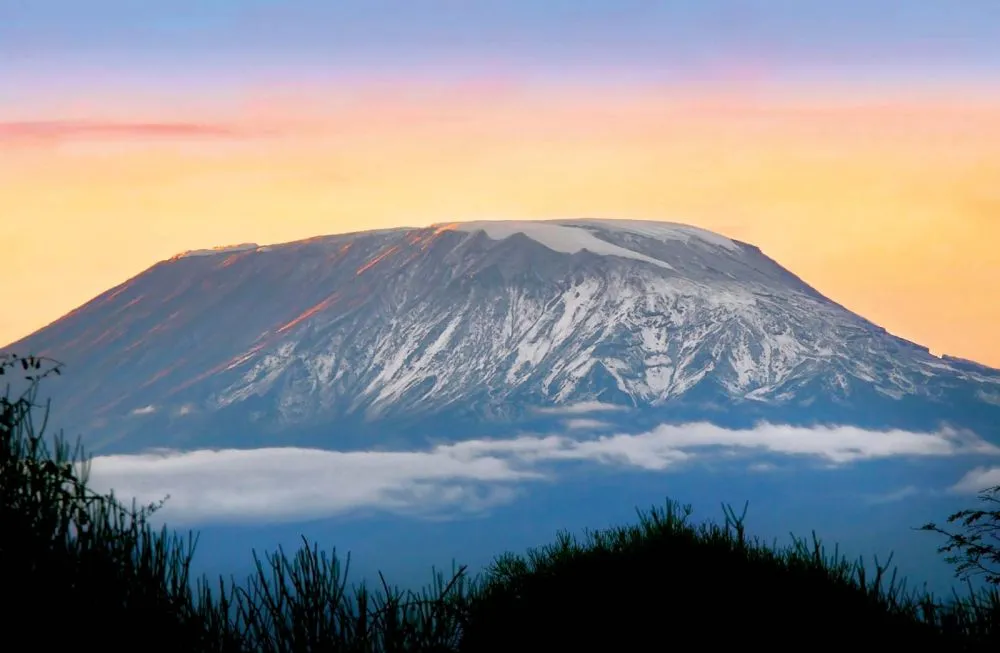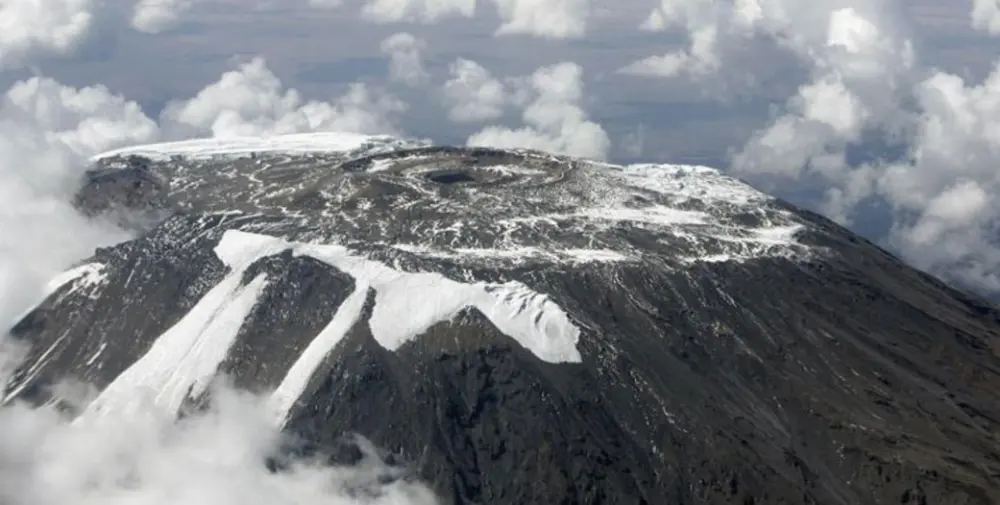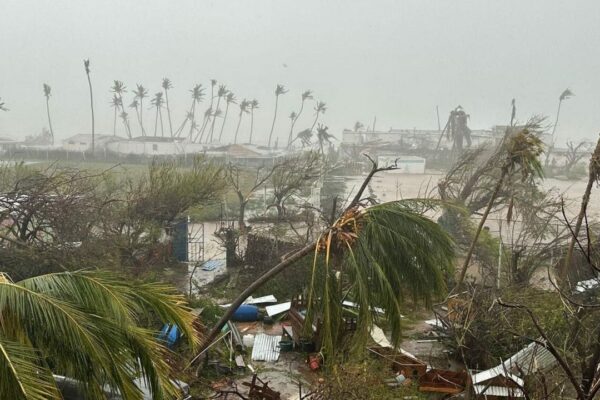Mount Kilimanjaro to Lose its Glaciers Within 20 Years, Says Report
The recent years of climate change have drastically impacted Tanzania’s Mount Kilimanjaro, melting its ice mass rapidly and exposing the dark soil beneath that triggers further snowmelt
The snow atop Tanzania’s Mount Kilimanjaro is a natural wonder and has been an inspiration for many literary and cinematic creations over the years. However, Mount Kilimanjaro can lose its glaciers within the next 20 years, as a report has revealed. The report warned that it will be one of the first peaks on the planet to lose its glaciers to man-induced climate change.
The highest mountain in Africa, Mount Kilimanjaro lies on the Equator, with its summit snowbound all year round. It has been a subject interest for climate scientist as glaciers on the mountain are withdrawing at a quick pace, with 85 percent of the ice already gone.
Released during the ongoing World Meteorological Congress, the report also stated that the snow on Mount Kenya, the second-highest peak in Africa after Kilimanjaro, could also disappear by 2030.

Image: Anna Omelchenko/Fotolia
The report was jointly published by World Meteorological Organization (WMO), the African Union Commission and the Economic Commission for Africa through the Africa Climate Policy Center, international and regional scientific organizations and United Nations agencies.
Petteri Taalas, secretary-general, WMO, said;
The rapid shrinking of the last remaining glaciers in eastern Africa, which are expected to melt entirely in the near future, signals the threat of imminent and irreversible change to the Earth system.
According to the report, Africa is one of the foremost regions to be devastatingly affected by increased weather and climate variability. The continent has been a victim to high-impact disasters such as floods, droughts, food insecurity and water scarcity.
Also Read: 30 Natural Wonders that Could Vanish by 2100 Due to Climate Change
The continent has seen the temperature rise faster than the global average temperature over land and ocean combined. The past three decades were warmer than the 1961-1990 period in all African sub-region. It was pointedly higher than the warming during the mid-20th century. The report said that year 2020 was among the third and eighth warmest year in recorded African history.

Image: Mark Garten/UN
Moreover, the pace of sea-level rise along the tropical and South Atlantic coasts and Indian Ocean coast is more than the global mean rate, which could mean potential annihilation of these regions in the coming years.
Natural disasters such as floods and storms have triggered internal disaster-related displacement in the continent, with Sudan and Kenya being the worst affected. Drought conditions in Madagascar have worsened food insecurity.
As per the latest report, up to 118 million poor people will be vulnerable to droughts, floods and extreme heat by the year 2030. With Mount Kilimanjaro set to lose all of its glaciers within the next 20 years, the magnitude of climate change on the continent can be contemplated easily.
The horrifying data comes a few days before the COP26 UN Climate Change Conference, where the global community will decide the further course of action against the climate crisis.
Via: Down to Earth


